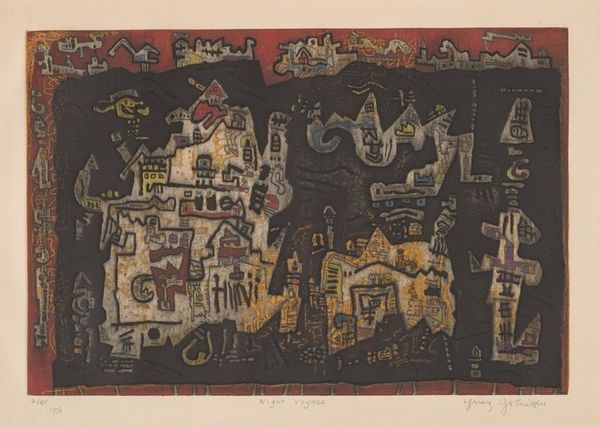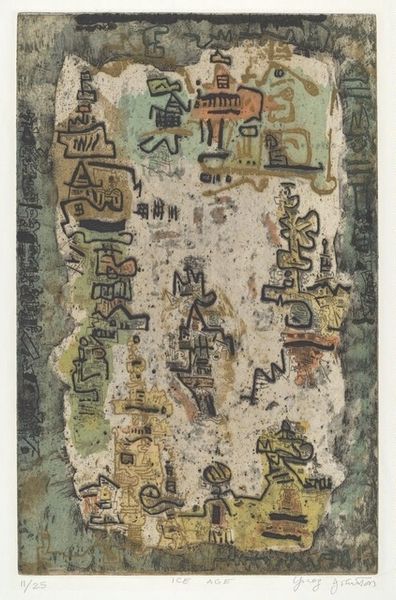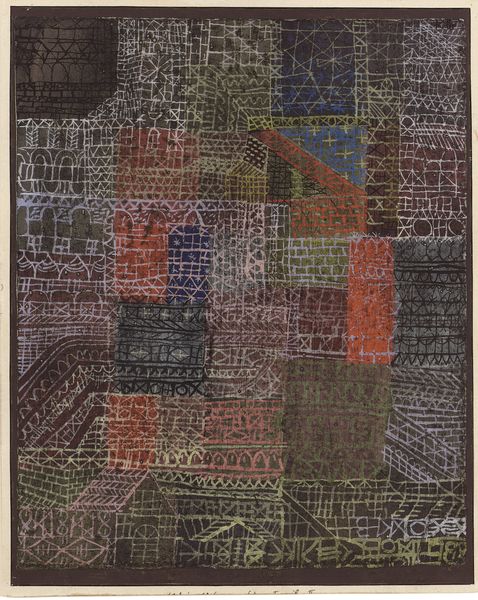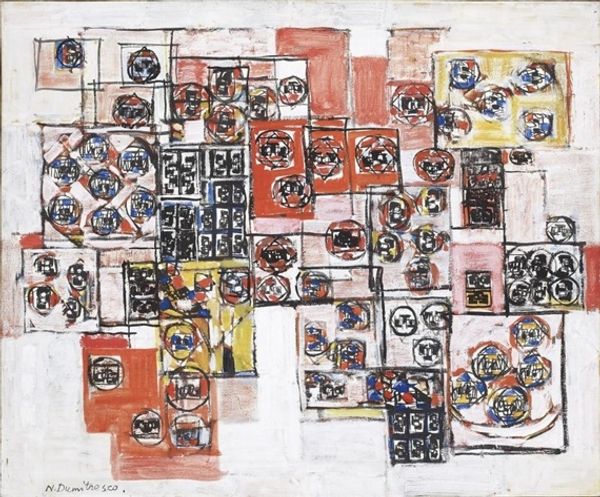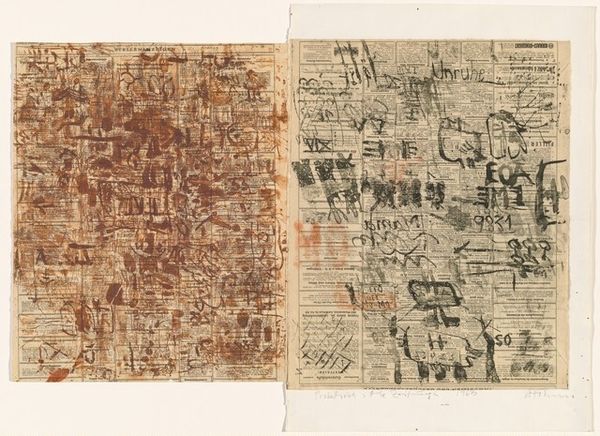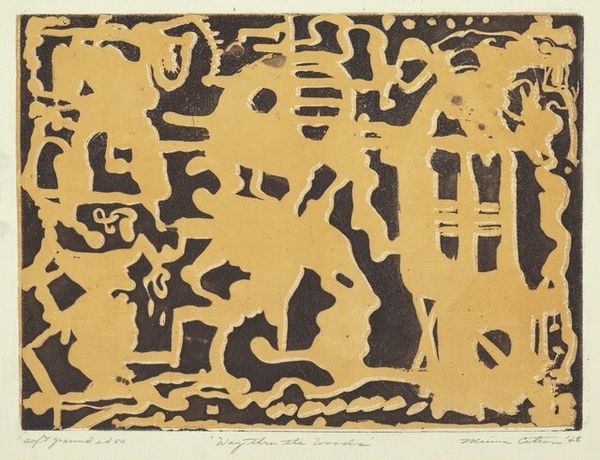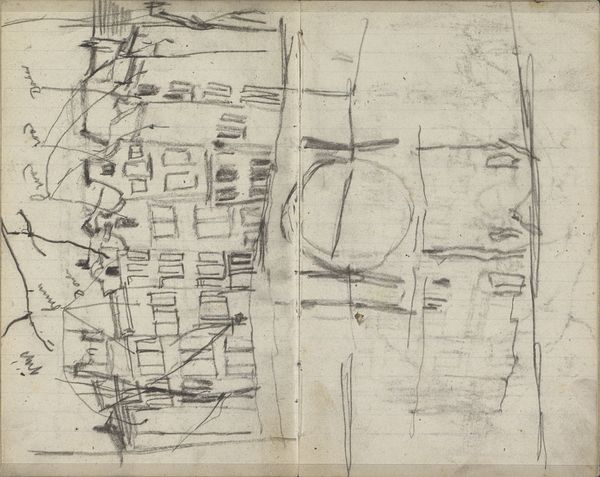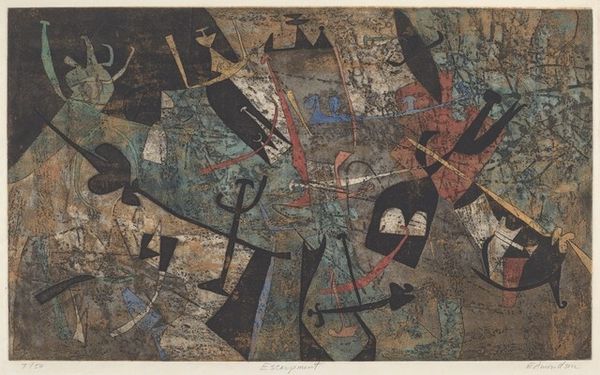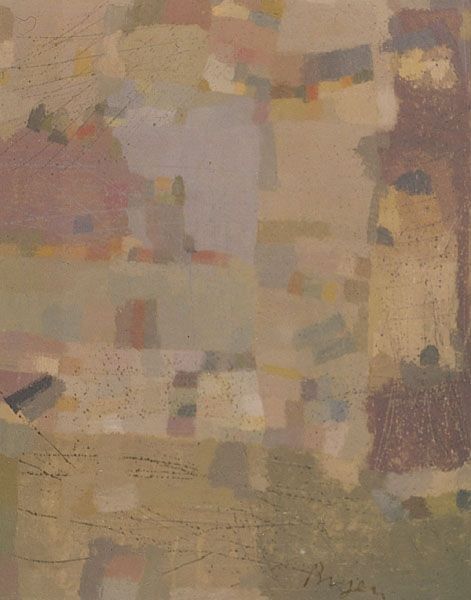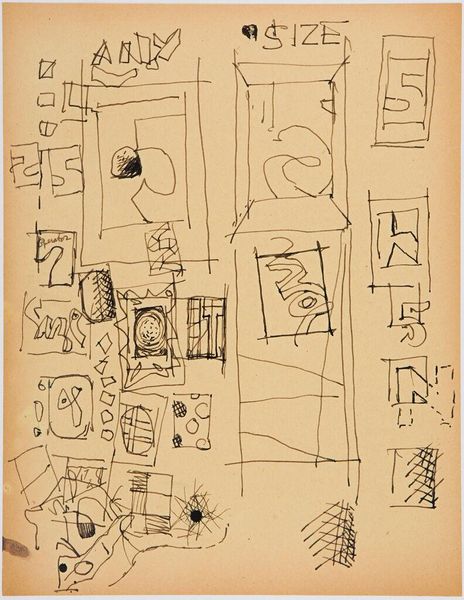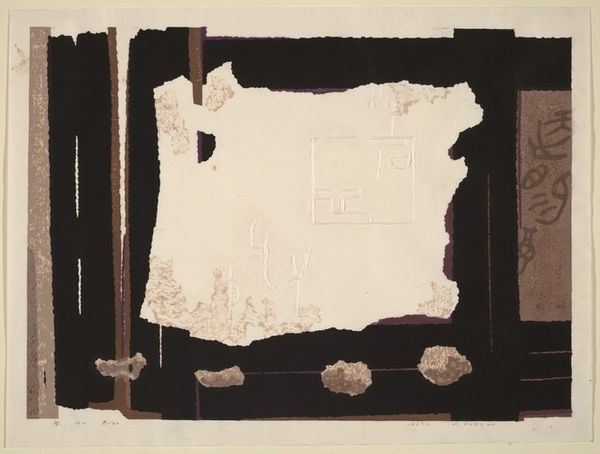
Dimensions: displayed: 1240 x 4897 x 25 mm Transit Frames x 2 (one for each panel): 1415 x 2625 x 160 mm each
Copyright: © The Eduardo Paolozzi Foundation | CC-BY-NC-ND 4.0 DEED, Photo: Tate
Editor: So, this is "Collage Mural" by Eduardo Paolozzi. It's quite large, a mixed media piece from his estate, held at the Tate. It's a dense composition; what's your take on its public impact? Curator: This piece reflects Paolozzi’s fascination with mass media and technology, common themes in the Independent Group's work. How do you think this work functions in a public space, considering its chaotic imagery? Editor: I suppose it asks the viewer to make connections between disparate images, much like navigating our media-saturated world. Curator: Precisely. It challenges the viewer to find order in chaos, mirroring the societal shifts of the time and the evolving role of art in public life. It mirrors how museums and galleries shape the reception of art. Editor: That makes sense. It's a lot more layered than I initially thought. Curator: Indeed. It really makes you think about the politics of imagery.
Comments
Join the conversation
Join millions of artists and users on Artera today and experience the ultimate creative platform.
tate 3 months ago
⋮
Collage Mural is made up of two wooden panels that together extend over almost five metres in width. The surface of the panels is almost entirely covered with a collage made up of fragments of paper decorated in paint, ink and silkscreen prints of abstracted and geometric designs. Paolozzi has abandoned distinctions between foreground and background in favour of an all-over pattern of vertical and horizontal lines, rectilinear shapes and loose and uneven grids. Without a focal point, the pattern has the potential to extend limitlessly in any direction. The design is predominantly sepia with black patterns, interspersed with flecks of red, and, in the central area, a block of red and of green. The work is signed ‘E.P.’ and dated ‘Aug. 1952’, on the bottom edge of the left hand panel.

